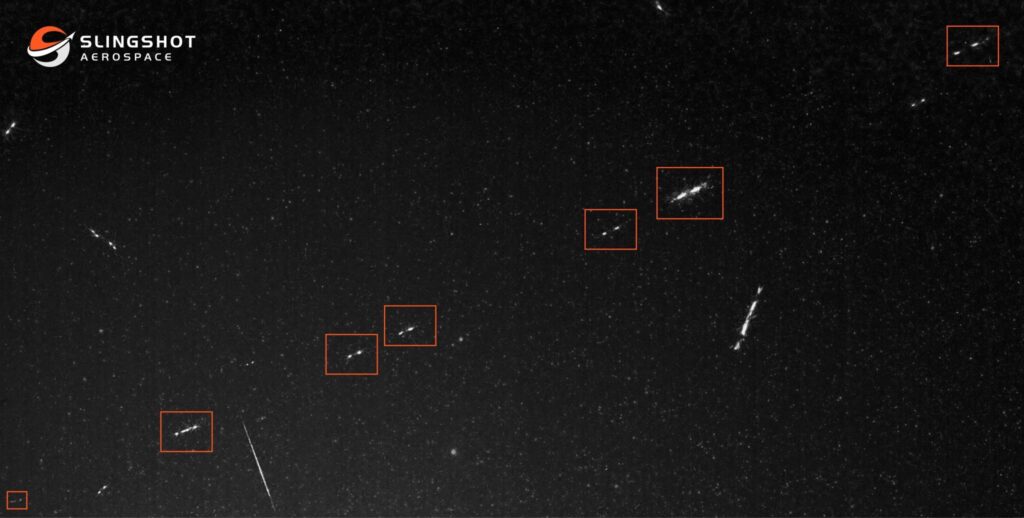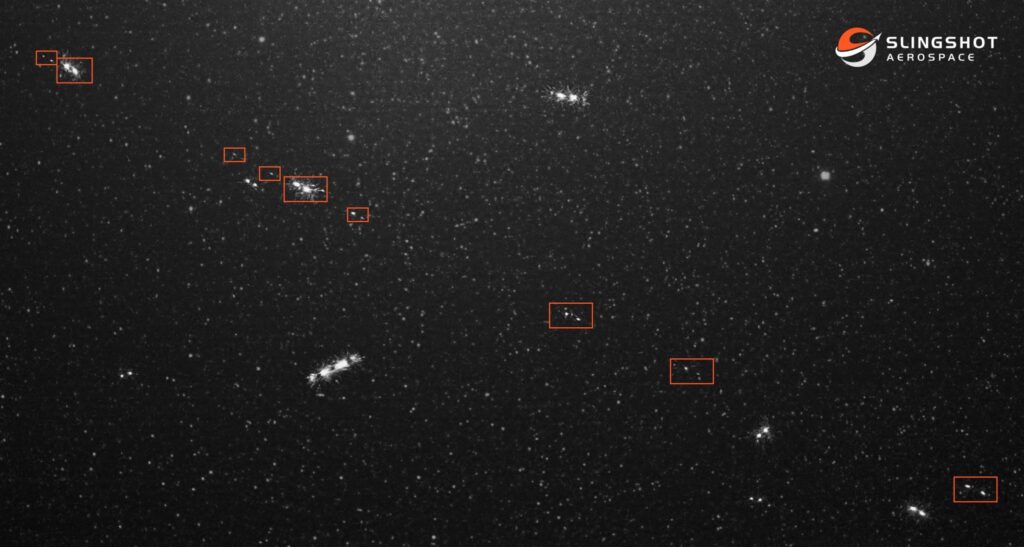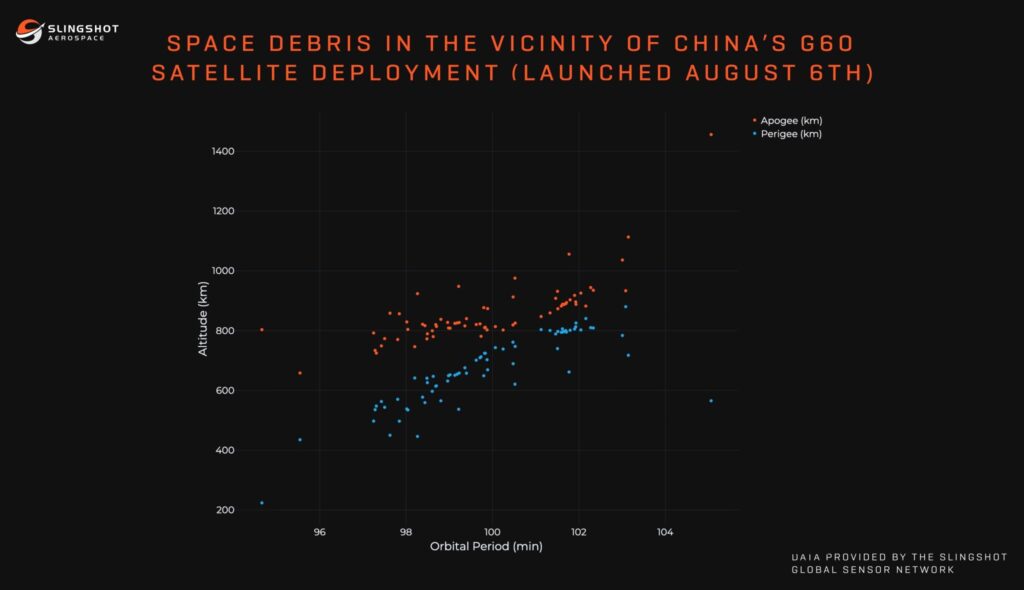The upper stage of the Chinese rocket Long March 6A collapsed in orbit. This was reported by Slingshot Aerospace and the U.S. Space Force.

The exploded stage was in orbit for only 24 hours. It was used to launch the first batch of Thousand Sails satellites, intended for China’s global satellite internet system. The mission itself was successful, but the next day the stage remaining in orbit collapsed.
This event produced more than 50 traceable pieces of debris. The cause of the explosion remains unknown – but it is most likely related to fuel remaining inside it. To prevent such incidents, it is usually accepted to passivate them by venting unused fuel. However, in the case of Long March 6A, something clearly went wrong.

According to Slingshot Aerospace, the resulting debris poses a notable threat to satellites at altitudes below 800 kilometers as their trajectories cross the most populated orbital echelons.

This is not the first time the Long March 6A upper stage has exploded. The previous similar incident occurred on November 12, 2022 — then it also collapsed just a day after launch. The event generated 350 pieces of debris.


